
Elon Musk is back, and now he wants to own Twitter again! Delightful.
Today let’s talk about the backdrop against which he made this decision, whether it’s somehow an incredibly elaborate effort to get out of the deal, and what Twitter’s beleaguered employees are saying about it internally.
I.
Did the news come as a surprise? Sure, I suppose. The billionaire Tesla CEO has for months now remained uncharacteristically on message, holding fast to his assertion that the amount of bots and spam on the platform ought to be reason enough for him to abandon his deal. His legal team seemed buoyed by the late-breaking appearance of a whistleblower willing to assert that present-day Twitter poses a threat to national security, and amended its lawsuit against the company in its third and possibly final attempt to terminate the $44 billion acquisition.
But this relative consistency is, on balance, an anomaly in the multiverse of madness that is Elon Musk’s feelings about Twitter, Inc.
This is the man, after all, who joined Twitter’s board only to quit it less than a week later; who offered to buy it and then began denigrating executives in tweets within days; who suggested he could add tens of millions of paid subscribers to Twitter’s subscription services and then announced a deal he had already signed was somehow “on hold.”
In those early days of the story, I would sometimes write here that with regard to Musk, one should expect the unexpected. Since then I have adjusted my posture to expect nothing from Musk at all. I am done making predictions. His has a whim-based style of leadership, and his whims follow no pattern that I can discern. The man signed a deal, spent months trashing it, did everything he could think of to get out of it, and then one Monday night notified Twitter’s lawyers that he wanted to sign it after all. Anyone who tells you they can draw a straight line through those events is writing fan fiction.
But if I cannot pretend to draw a straight line here, I can at least offer a scatter plot.
Observation one: the past week has been a tumultuous period online, even for Musk. On Monday he tweeted a characteristically half-baked idea to end Russia’s war on Ukraine, which involved Ukraine unilaterally surrendering some of its territories, along with a yes-or-no poll. “No” won with 59.1 percent of the vote, which Musk blamed on bots; more embarrassingly, Ukraine’s ambassador to Germany told him to “fuck off.”
Days earlier, Musk had also found himself embarrassed by the disclosure of various texts sent to him by millionaires and billionaires offering advice, money, and other support as he sought to acquire Twitter. I will always remember a handful of these texts — starting with Salesforce CEO Marc Benioff messaging Musk to say “Twitter conversational OS- the townsquare for your digital life” (???) — but the salient point is that discovery in the lawsuit had begun to blow back on him and his friends.
On its face these events might not be enough to get a man to spend $44 billion to take back control of the product and the narrative. But I wouldn’t bet my life on it.
Observation two: Musk’s legal case wasn’t going well. If you’re looking for the Occam’s razor explanation for today’s events, this is the one. Twitter’s lawyers had written a very good merger agreement, and Musk signed it without doing any due diligence. Like most US tech companies, Twitter is headquartered in Delaware, which prides itself on adherence to the rule of law and the tidy disposal of merger disputes.
And as Jef Feeley, Ed Hammond, and Kurt Wagner note at Bloomberg, in various pre-trial motions the Chancery Court judge kept siding with Twitter:
Musk’s legal team was getting the sense that the case was not going well, as Judge Kathaleen St. J. McCormick sided repeatedly with Twitter in pretrial rulings, according to one person familiar. Even with the late emergence of a Twitter whistleblower who alleged executives weren’t forthcoming on security and bot issues, there were concerns Musk’s side would not be able to prove a material adverse effect, the legal standard required to exit the contract.
Moreover, Twitter had just been granted the right to search Musk’s messages to see whether the Twitter whistleblower, Peiter “Mudge” Zatko, had contacted Musk before he tried to back out of the deal, which may have raised some unpleasant new questions for both of them.
In any case, Twitter is suing to force Musk to close the deal; faced with likely defeat — and much embarrassment along the way — he may have decided to capitulate.
But here, too, there is reason to be confused. Had Musk lost, he faced two potential consequences. One is that the judge would have sided with Twitter and forced him to buy the company for $44 billion; the other, though, is that she would have sided with Twitter and forced Musk to pay only the $1 billion breakup fee stipulated in the merger agreement.
The latter option might not have been terribly likely; as Matt Levine explained in July, it would be bad for the business world and the legal system that underpins it: “Letting the world’s richest person get out of a deal for a nominal fee because he got bored with it undermines the rule of law and the predictability of Delaware merger agreements.”
But if you’re Elon Musk, and you have spent months criticizing Twitter’s executives, policies, bots, security, and so on; and you have lost a substantial portion of your personal wealth due to a downturn in the markets; and said downturn in the markets made the $44 billion you had offered for Twitter in April seem ridiculously high — well, wouldn’t you roll the dice? Wouldn’t the chance at saving yourself $43 billion justify a rough couple weeks in Delaware?
It would for me! And so maybe that’s why I read the letter Musk’s legal team sent Twitter with skepticism: the way it asks the court to stay or adjourn the trial before a settlement is reached; the way it declines to waive its ability to sue if “Twitter fails or refuses to comply with its obligations under the … merger agreement.” (Musk’s team has been whining endlessly that Twitter is refusing to comply with the agreement from the start as a way to delay the closing of the deal.)
Perhaps that’s all just standard legal boilerplate. But it seems to me that if Musk was truly prepared to close the deal, he would have worked with Twitter to put out a joint statement indicating as much.
How will Twitter respond? “We received the letter from the Musk parties which they have filed with the SEC,” the company told me today. “The intention of the company is to close the transaction at $54.20 per share.”
It was always Twitter’s intention to close at $54.20, of course; if they are to reach a new settlement with Musk after all this, they will surely seek some new assurances from their owner-to-be. And how Musk responds to that request, I think, will tell us a lot about how real today’s move really is.
II.
As usual, the latest twist in the Musk saga landed hardest on Twitter’s employees. Many of them were 45 minutes into a three-hour 2023 planning session, I’m told, when news of Musk’s latest antics hit the timeline. Meeting adjourned, I guess!
In the company’s #stonks Slack channel, one employee was similarly suspicious of Musk’s letter, according to screenshots shared with Platformer. “I don’t understand why Elon would need to propose the deal again,” they wrote. “The original one still stands. Just write the check, bro.”
Another employee summarized the mood by saying that employees generally have a low opinion of Musk, and whatever is going to happen next they would rather he and Twitter get on with it already.
On Blind, an app where employees discuss their workplaces under pseudonyms, a poll asked “what will you miss the most post-privatized Twitter?”
“I saw the post, thought ‘haha my job’ then saw it was a poll option, so selected it, but now realizing I won’t miss the job I currently have,” one employee wrote, according to screenshots. “I will and do miss my 2019/2020/2021 job, but I will not miss my 2022 job.”
“So true,” another employee responded. “As bad as [former Twitter CEO] Jack [Dorsey] was at his job (maybe because of it?) Twitter had one of the best cultures / [work-life balance] / benefits in the industry under him. Learnt a lot, met some awesome folks, enjoyed the ride, now time to exit the theme park and let the new owner raze it to the ground and build what he wants (metaphorically).”
Worth noting: Twitter saw attrition of more than 700 employees in recent months.
Employees also offered some praise for Twitter CEO Parag Agrawal, who has been mostly silent since the legal battle against Musk began, but appears to have the upper hand for the moment. (He’s set to receive $42 million assuming Musk fires him after taking over.)
“You just completed the game,” the employee wrote, in a post headlined “Congratulations, Parag.” “You outmaneuvered Musk, came out unscathed and millions of dollars richer. You’re under 40, have FU money, and your reputation is largely intact. You just won at life. Have to respect that. And to anyone else: Don’t hate the player. Hate the game.”
— Zoe Schiffer contributed reporting to this column.

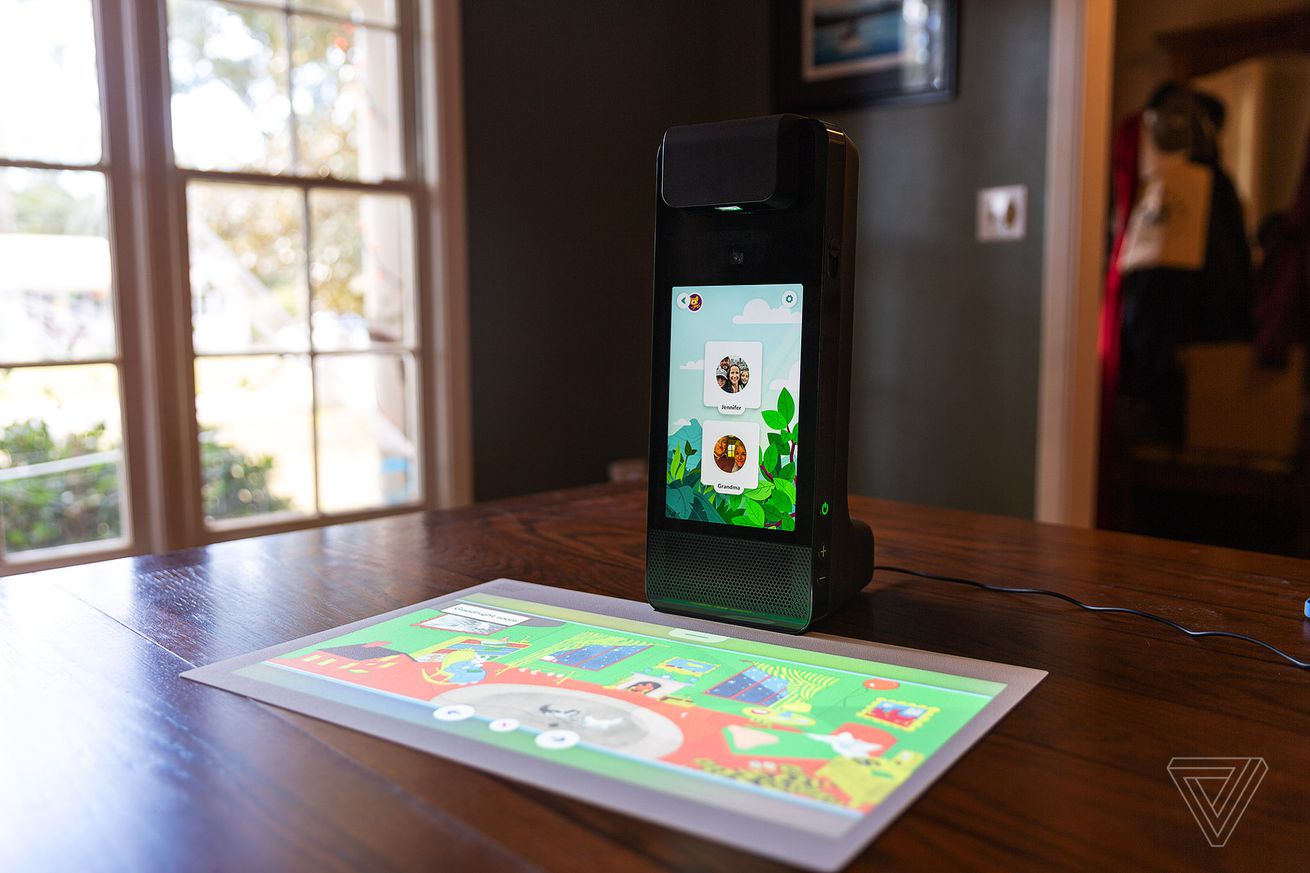

/cdn.vox-cdn.com/uploads/chorus_asset/file/24082576/overwatch_2_error.jpg) Image: Richard Lawler
Image: Richard Lawler

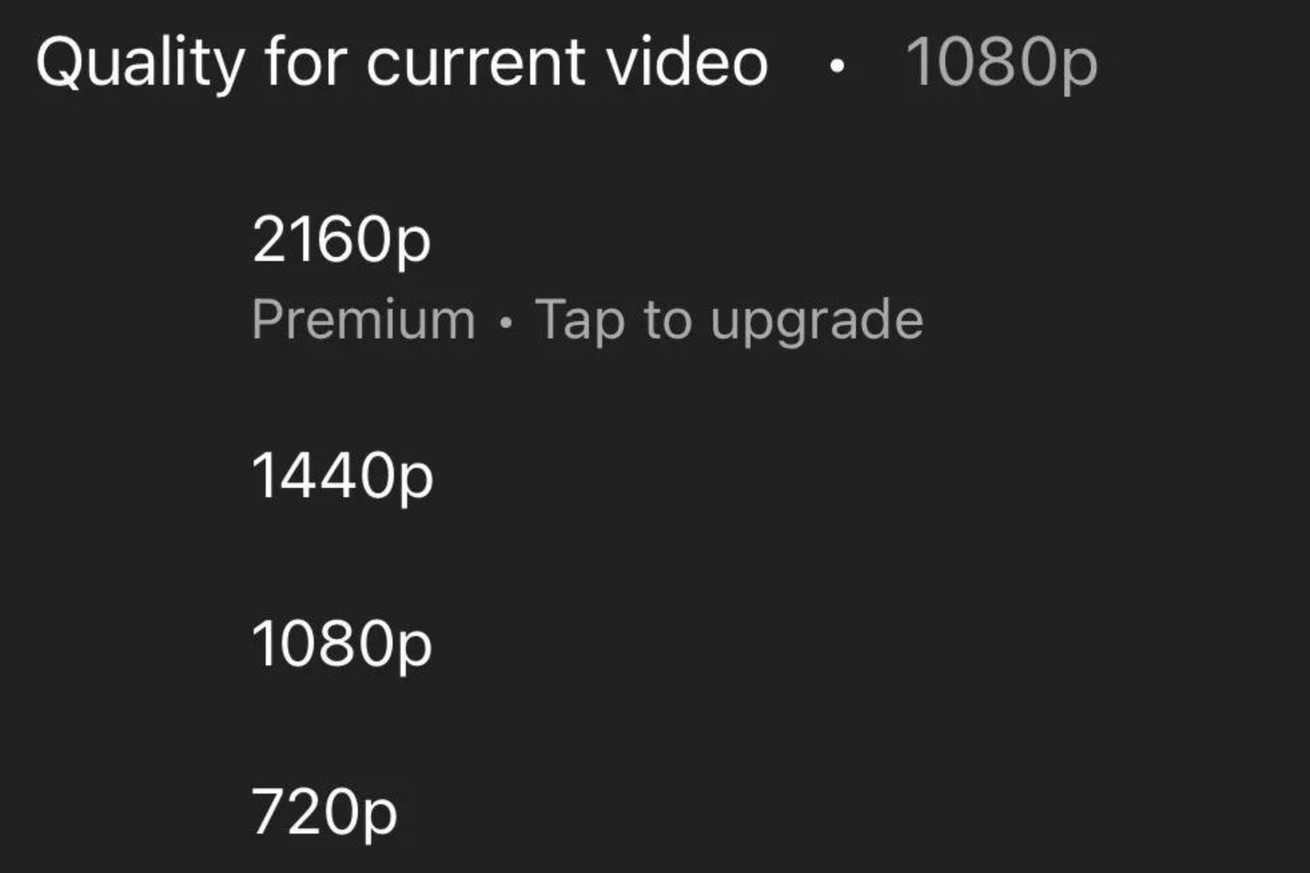
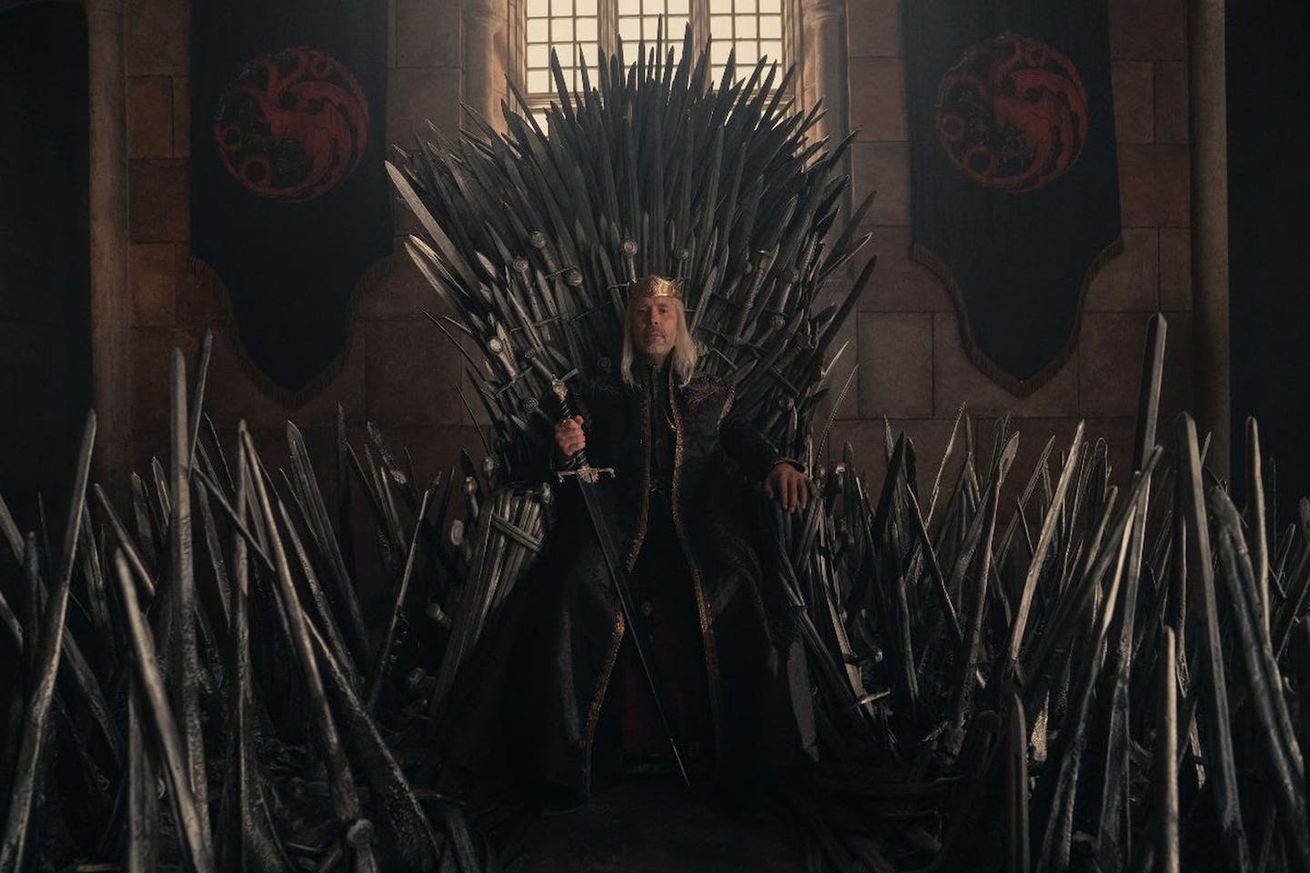
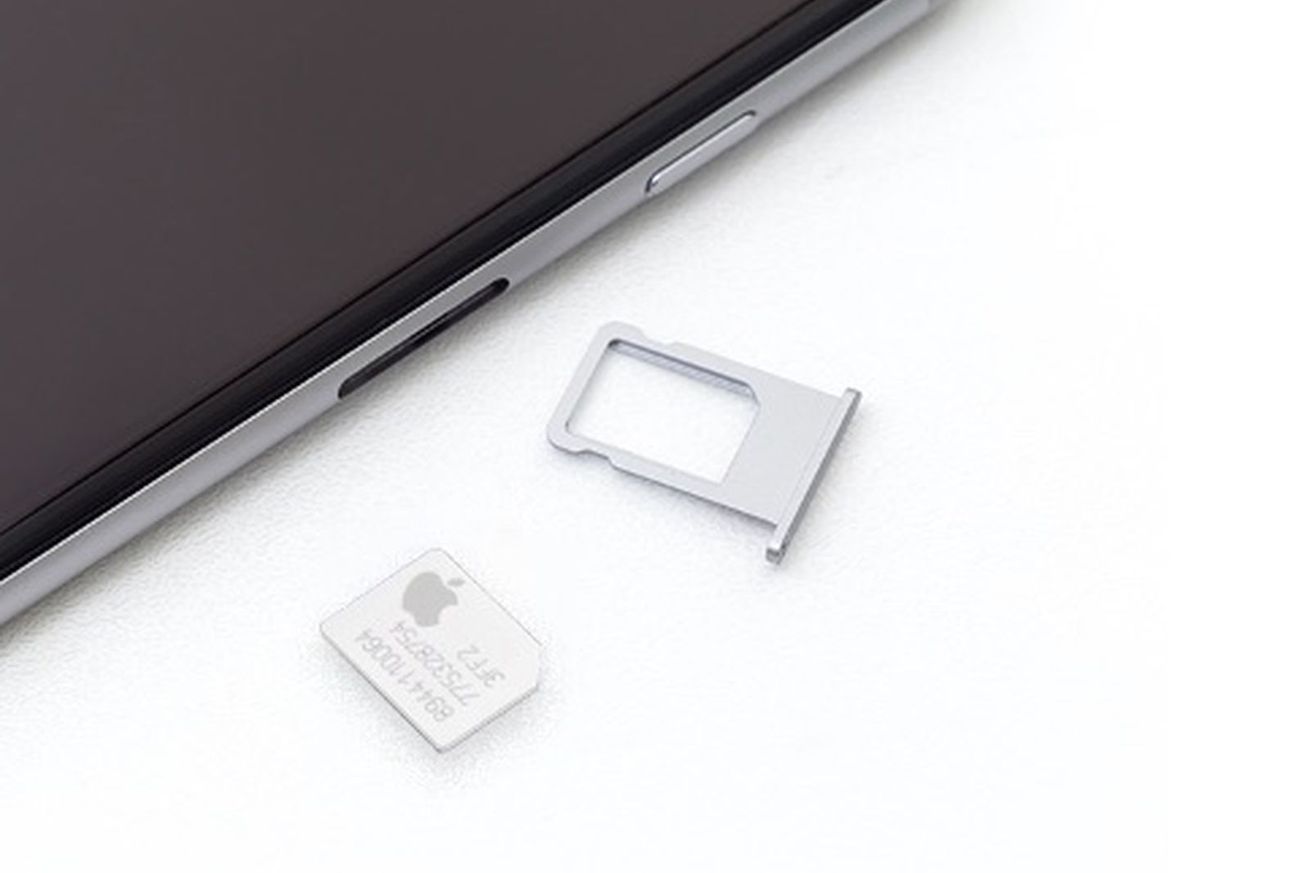


/cdn.vox-cdn.com/uploads/chorus_asset/file/24073428/Wisk_Gen6_Interior1.jpeg)
/cdn.vox-cdn.com/uploads/chorus_asset/file/24073423/Wisk_Gen6_Profile.jpeg)
/cdn.vox-cdn.com/uploads/chorus_asset/file/24073425/Wisk_Gen5_6.png)

/cdn.vox-cdn.com/uploads/chorus_asset/file/24076154/03_Maserati_GranTurismo_Folgore.jpeg) Image: Maserati
Image: Maserati
/cdn.vox-cdn.com/uploads/chorus_asset/file/24076158/04_Maserati_GranTurismo_Folgore.jpeg) Image: Maserati
Image: Maserati

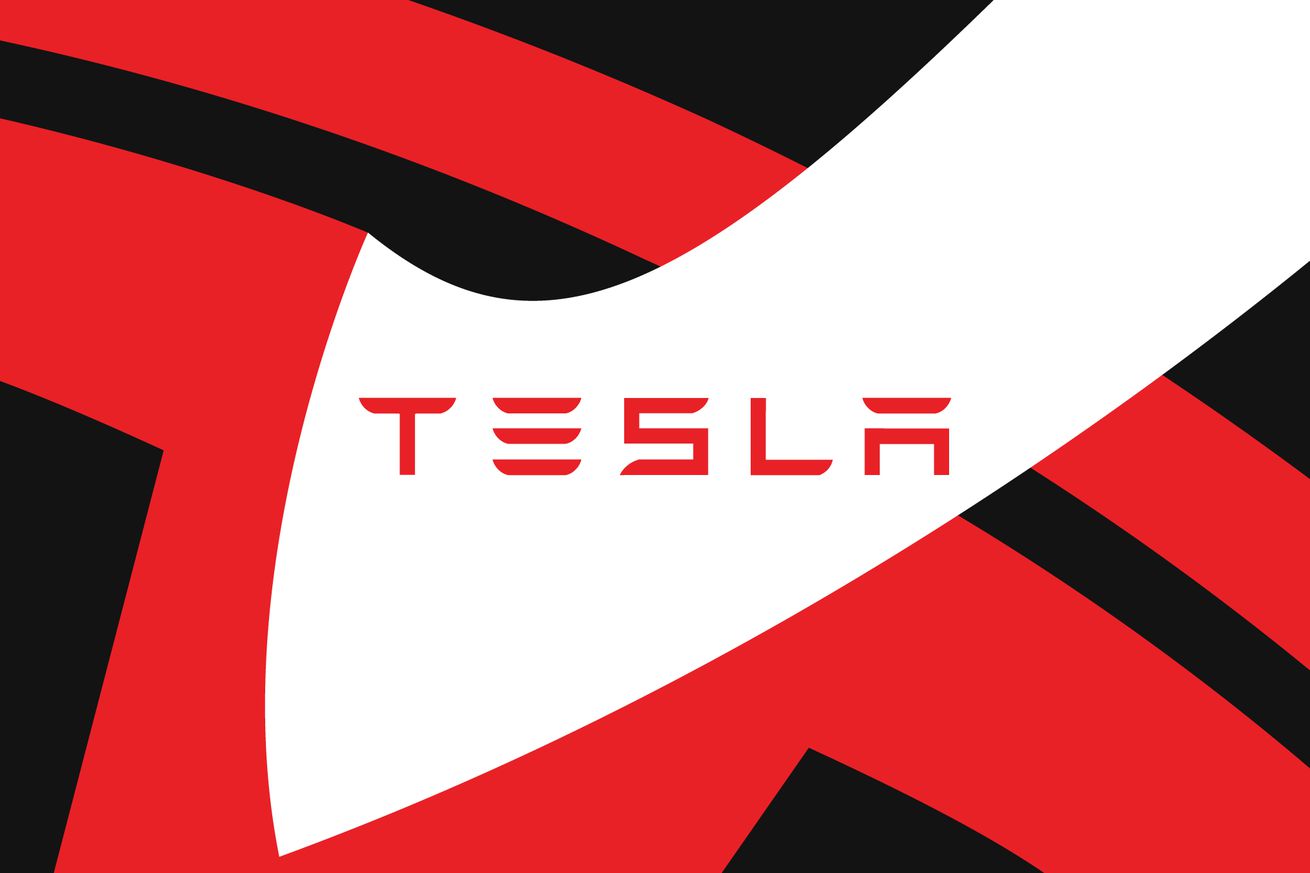

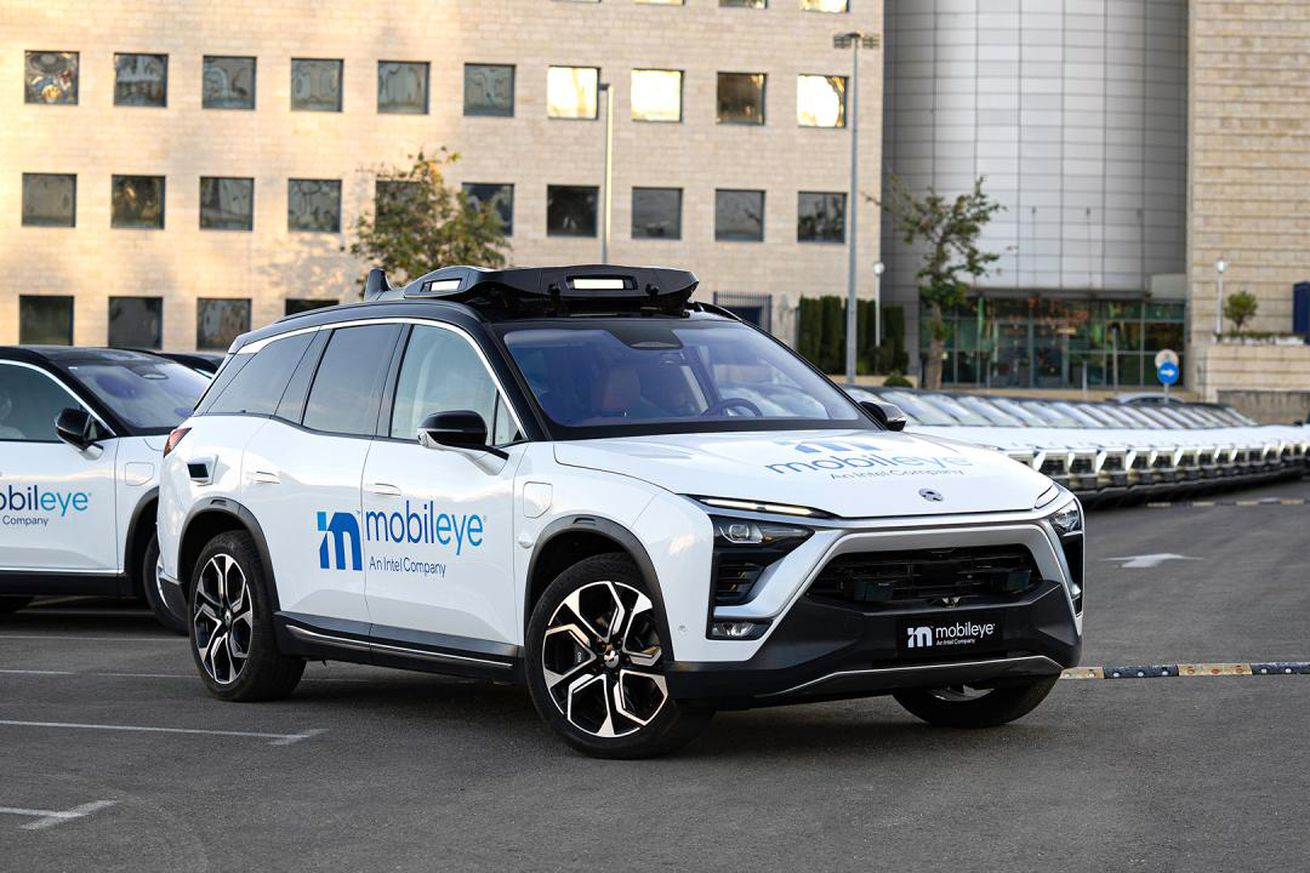
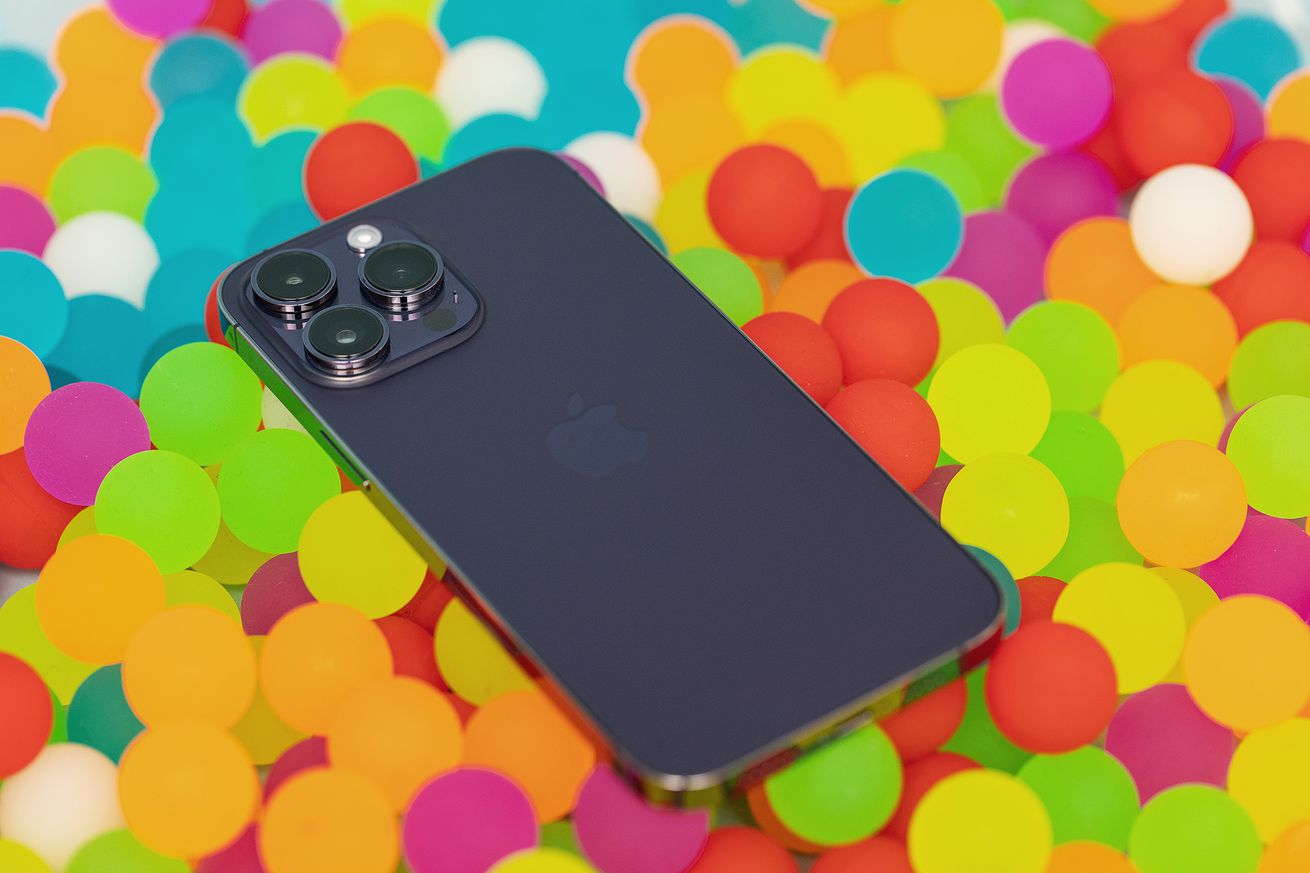
/cdn.vox-cdn.com/uploads/chorus_asset/file/24066078/20220927_170923_vert.jpg)
/cdn.vox-cdn.com/uploads/chorus_asset/file/24066132/IMG_2675.JPG)

